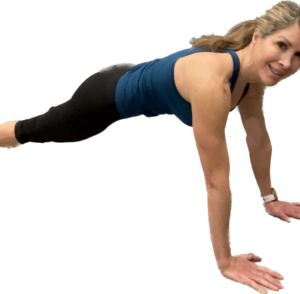Hey friends, did you know that according to multiple studies, fiber can reduce the risk of obesity, chronic diseases, and rapid aging? Yep…
Here’s how it works in your body…fiber slows down the rate at which food enters your bloodstream and speeds up the rate at which it exits your digestive tract. So, as well as balancing blood sugar levels and cholesterol levels, fiber aids in the quick release of toxins from your gut and curbs your appetite and it feeds friendly bacteria in the gut.
How much do you need? You should probably get 30-50 grams of fiber into your diet every day, with some variance based on your age and sex. It is also important to choose the right kind of fiber for your body.
It is generally believed that bran is the best fiber to eat. But….bran, or wheat fiber, is mostly insoluble and not digestible. Imagine it as a scouring pad for your intestines. While that’s good for getting you regular, soluble fiber is better for your health.
Where can you find soluble fiber? It’s found in fruits, vegetables, beans, nuts, seeds, and most whole grains. When the soluble fiber in these foods is metabolized by bacteria in your gut, the health benefits begin….benefits like lowering cholesterol, blood sugar, & insulin levels, preventing cancer, balancing hormone levels, removing excess estrogen, and reducing the risk of breast cancer, providing mineral food for colon cells, and more. In short, soluble fiber is essential for good health.
If you are looking for some recipes to boost your fiber intake, I got you covered! Just check out some of my high-fiber recipe options:
- Crunchy Cabbage & Cashew Quinoa Salad,
- Cauliflower “Nachos”, or the
- Chocolate Protein & Banana “Cookie” & LOVE YOUR BODY !!
Til next time, love, laugh, lift & EAT FIBER! :-0
Lisa
References:
Super Human (good read by Dave Asprey)
National Library of Medicine – High Fiber Diet
Mayo Clinic article on fiber benefits
Healthline Benefits of Fiber Types



